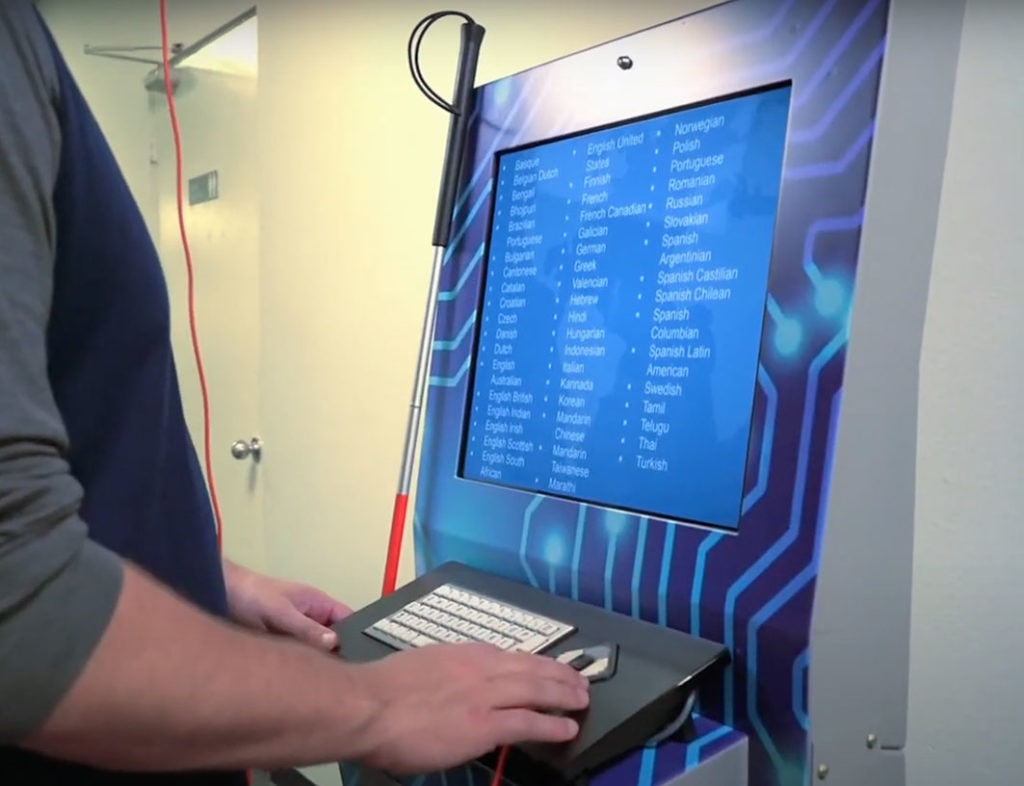

- #SCREEN READER SOFTWARE EXAMPLE YOUTUBE HOW TO#
- #SCREEN READER SOFTWARE EXAMPLE YOUTUBE CODE#
- #SCREEN READER SOFTWARE EXAMPLE YOUTUBE FREE#
Screen readers usually provide a mechanism to navigate to the next subsequent heading element on a page, and also to navigate to a designated heading level. These are frequently called “navigation quick keys.” For example, headings are a common way for users to nonvisually scan web pages and identify the different sections of the page. In addition to allowing users to navigate by units of text, most modern screen readers provide keystrokes within document mode to navigate by web page elements. As keyboard focus is usually only provided to operable controls such as hyperlinks and form fields, text in between these elements can easily be accessed while document mode is active. This allows for review of content contained in between elements which receive keyboard focus. The primary advantage is that the invisible cursor can move to content which is not keyboard-focusable.

There are several advantages to document mode access. Document mode usually provides commands for selecting text by these same units for manipulation as well. Window-Eyes does show a visual indicator of its invisible document navigation cursor. This allows a user to move the virtual cursor outside the range of the content currently being displayed on-screen. JAWS refers to this cursor as the “virtual cursor.” As the JAWS virtual cursor moves around on a web page, no visible indicator is shown as to its location.
#SCREEN READER SOFTWARE EXAMPLE YOUTUBE FREE#
This is accomplished by providing the user with an invisible cursor which is free to roam the document by the same units of text that would be available in a word processing application: characters, words, lines, paragraphs, etc. The screen reader stores a copy of the page and allows the user to traverse it as if it were a word processing document. In document mode, the user is interacting with a flushd copy of the web page. This mode may be overridden by web pages who auto focus a form field or apply certain WAI-ARIA roles. This is the default mode that is invoked when a page loads in the browser. This is also often called “virtual” or “browse” mode, used as proprietary terminology by specific screen readers. The most common mode used to access web pages using Windows screen readers will be referred to here as “document” mode.
#SCREEN READER SOFTWARE EXAMPLE YOUTUBE CODE#
Developers also need to be cognizant of the screen reader modes used for accessing different types of content and the effect that their code will have on the user experience if a particular mode is used.
#SCREEN READER SOFTWARE EXAMPLE YOUTUBE HOW TO#
Successfully using a screen reader on the web requires the user to be able to determine which mode is currently active, the operation paradigm for each mode, and how to switch modes as required. Windows screen readers offer several modes to allow a user to review and interact with web content. This is because Windows screen readers introduce new access paradigms which do not always match what is displayed visually. If you try to use a Windows screen reader on the web for the first time, you might find the experience to be daunting and confusing.


 0 kommentar(er)
0 kommentar(er)
